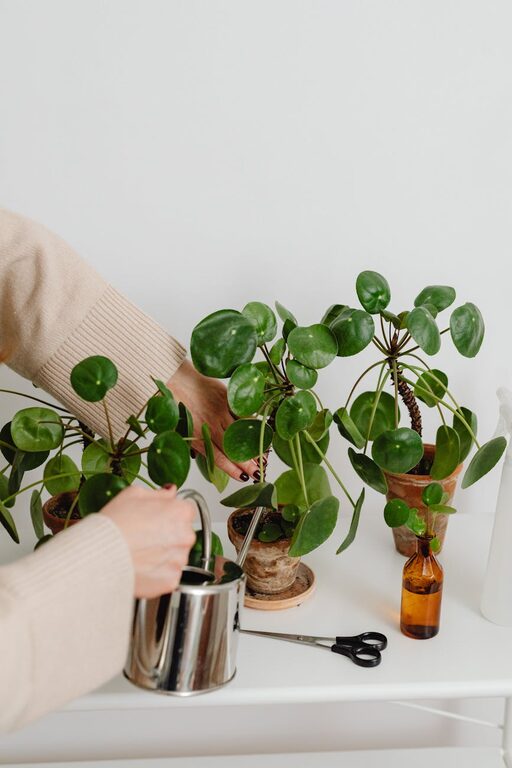Essential Tips for Keeping Your Houseplants Healthy and Thriving

Bringing houseplants into your home adds beauty and a touch of nature to your living space. However, keeping them healthy requires a bit of knowledge and regular care. Whether you’re a seasoned plant parent or just starting out, these practical tips will help your houseplants thrive.
Understanding Your Houseplants’ Needs
Every plant species has unique requirements, but there are some universal fundamentals that contribute to plant health.
Light: The Essential Energy Source
Plants depend on light for photosynthesis, so ensuring they receive the right amount is crucial.
– Assess your home’s lighting: Find out if your room receives direct, indirect, or low light.
– Match plants to light levels: Place succulents and cacti near bright windows, while ferns and snake plants do better in lower light.
– Rotate plants regularly: This promotes even growth and prevents one side from becoming leggy.
Watering: The Goldilocks Approach
Too much or too little water can harm your plants. The key is to find the balance.
– Understand watering needs: Some plants like consistently moist soil, others prefer to dry out.
– Check soil moisture: Use your finger or a moisture meter to avoid overwatering.
– Water at the right times: Early morning watering helps reduce evaporation and supports nutrient absorption.
Humidity and Temperature
Most houseplants thrive in moderate humidity and stable temperatures.
– Maintain humidity: Increase humidity for tropical plants with a humidifier, pebble trays, or misting.
– Avoid drafts and temperature extremes: Keep plants away from heaters, air conditioners, and drafty windows.
– Keep a steady temperature: Aim for 65-75°F (18-24°C) as a comfortable range for most plants.
Soil and Fertilization
Healthy soil supports robust plant growth. Fertilizers replenish nutrients plants consume.
Choosing the Right Soil
– Use well-draining potting mix: Prevent root rot by selecting soil formulated for your specific plant.
– Add amendments: Perlite or sand improves drainage, while organic compost enriches soil nutrition.
Feeding Your Plants
– Use balanced fertilizers: Look for products with equal parts nitrogen, phosphorus, and potassium.
– Follow instructions: Over-fertilizing can harm plants more than it helps.
– Adjust feeding frequency: Typically, feed plants monthly during growing seasons and reduce or stop in winter.
Potting and Repotting
The container your plant lives in can affect its health.
Choosing the Right Pot
– Select pots with drainage holes: Proper drainage prevents water from pooling at roots.
– Consider pot size: Use a pot slightly larger than the root ball to give room for growth.
When and How to Repot
– Signs it’s time: Roots growing out of drainage holes or soil drying out quickly.
– Repotting process: Gently remove the plant, loosen roots, place in new soil, and water thoroughly.
Preventing and Managing Pests
Houseplants can attract pests like aphids, spider mites, or fungus gnats.
Identifying Pests Early
– Look for symptoms: Sticky residue, holes in leaves, webbing, or discolored spots.
– Check undersides of leaves as pests often hide there.
Natural Pest Control
– Use insecticidal soap or neem oil: These organic options are effective and safe indoors.
– Isolate affected plants: Prevent the spread by keeping infested plants away from others.
– Keep plants clean: Wiping leaves regularly reduces dust and deters pests.
Additional Tips for Thriving Houseplants
– Prune regularly: Remove dead or yellowing leaves to encourage healthy growth.
– Clean your pots and tools: This helps avoid disease.
– Monitor your plants: Pay attention to changes in appearance or growth patterns to catch issues early.
Conclusion
Caring for houseplants is both an enjoyable and rewarding experience. By tuning into their specific needs for light, water, nutrients, and environment, you’ll create a thriving indoor garden that enhances your home’s ambiance. Remember, patience and observation go a long way in helping your green friends flourish.
Happy planting!




